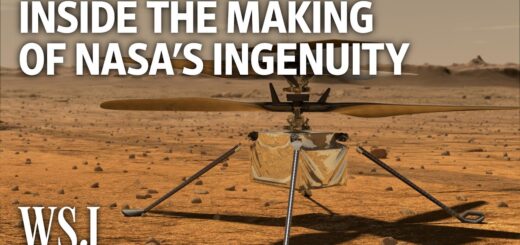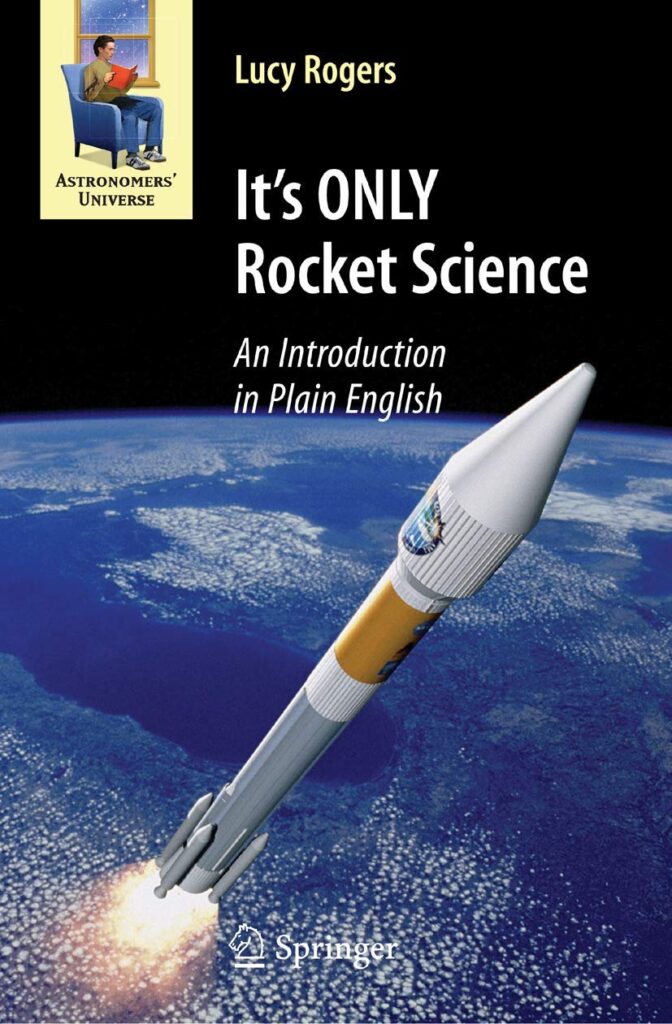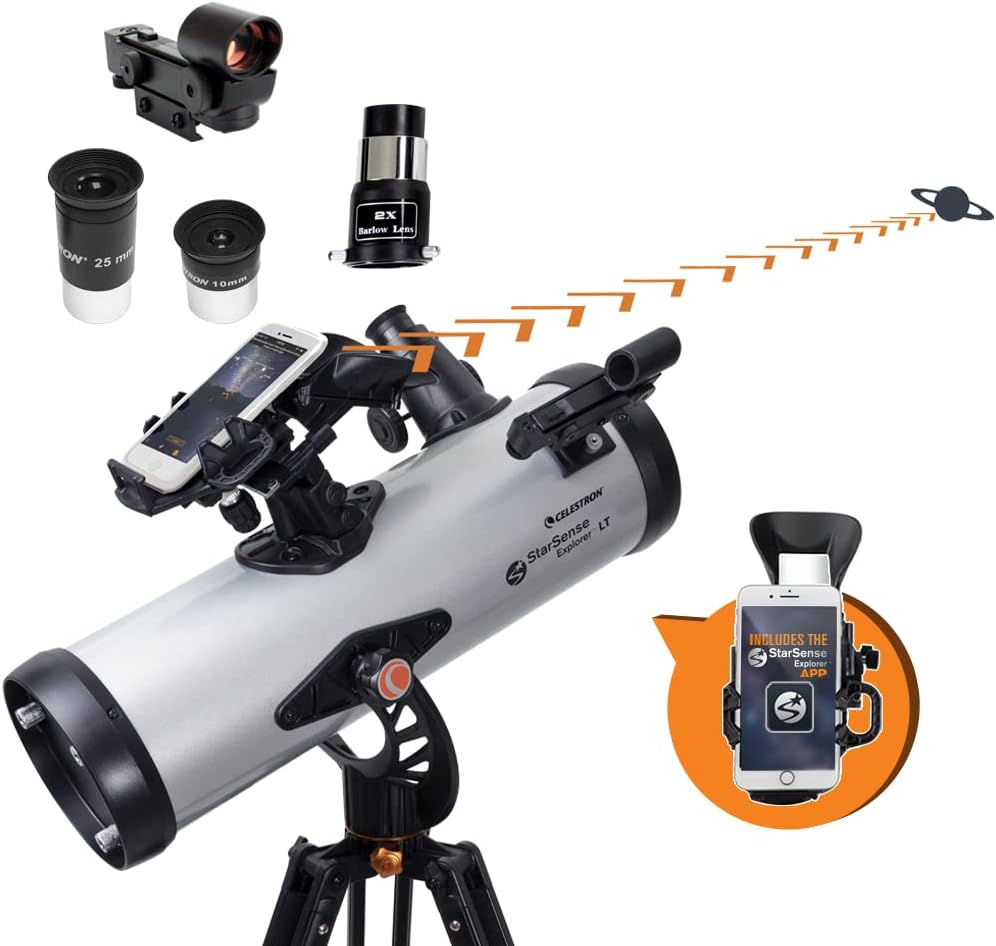Charting a Course: The Science and Strategy Behind Space Missions
From the first successful launch of Sputnik in 1957 to the recent landing of the Perseverance rover on Mars, space missions have captured the imagination of people around the world. But behind every successful mission is a carefully crafted plan that takes into account the complex science and strategic considerations necessary to navigate the vast expanse of space.
Charting a course for a space mission involves a combination of physics, mathematics, engineering, and strategic planning. It starts with determining the mission objectives – whether it is to explore a particular planet, study a celestial object, or conduct experiments in microgravity. Once the objectives are established, scientists and engineers work together to design a spacecraft that can accomplish those goals.
One of the key challenges in planning a space mission is calculating the trajectory of the spacecraft. This involves determining the optimal path to reach the target destination while accounting for gravitational forces, orbital mechanics, and other factors that can affect the spacecraft’s path. Mission planners use sophisticated computer models and simulations to test different trajectory options and ensure that the spacecraft will arrive at its destination on time and within budget.
In addition to plotting the trajectory, mission planners must also consider the timing of the mission. Launch windows are often limited by the positions of planets and other celestial bodies, as well as other factors such as solar activity and communication capabilities. Mission planners must carefully calculate the optimal launch window to maximize the chances of success.
Another important consideration in planning a space mission is the design of the spacecraft itself. Engineers must take into account factors such as weight, size, power requirements, and communication capabilities when designing a spacecraft that can withstand the harsh conditions of space and accomplish its mission objectives. This often involves developing new technologies and materials that can withstand the extreme temperatures, radiation, and vacuum of space.
Once the spacecraft is designed and built, it must be tested rigorously to ensure that it can withstand the stresses of launch and operate effectively in space. This often involves conducting simulated tests in vacuum chambers and subjecting the spacecraft to extreme temperatures and vibrations to simulate the conditions it will face in space.
Finally, once the spacecraft is launched, mission planners must carefully monitor its progress and make adjustments as needed to ensure that it stays on course and accomplishes its objectives. This often involves making small course corrections using thrusters or other propulsion systems to keep the spacecraft on track.
In conclusion, charting a course for a space mission is a complex and challenging task that requires a combination of science, engineering, and strategic planning. By carefully considering factors such as trajectory, timing, spacecraft design, and monitoring, mission planners can increase the chances of success and ensure that space missions continue to push the boundaries of human knowledge and exploration.













